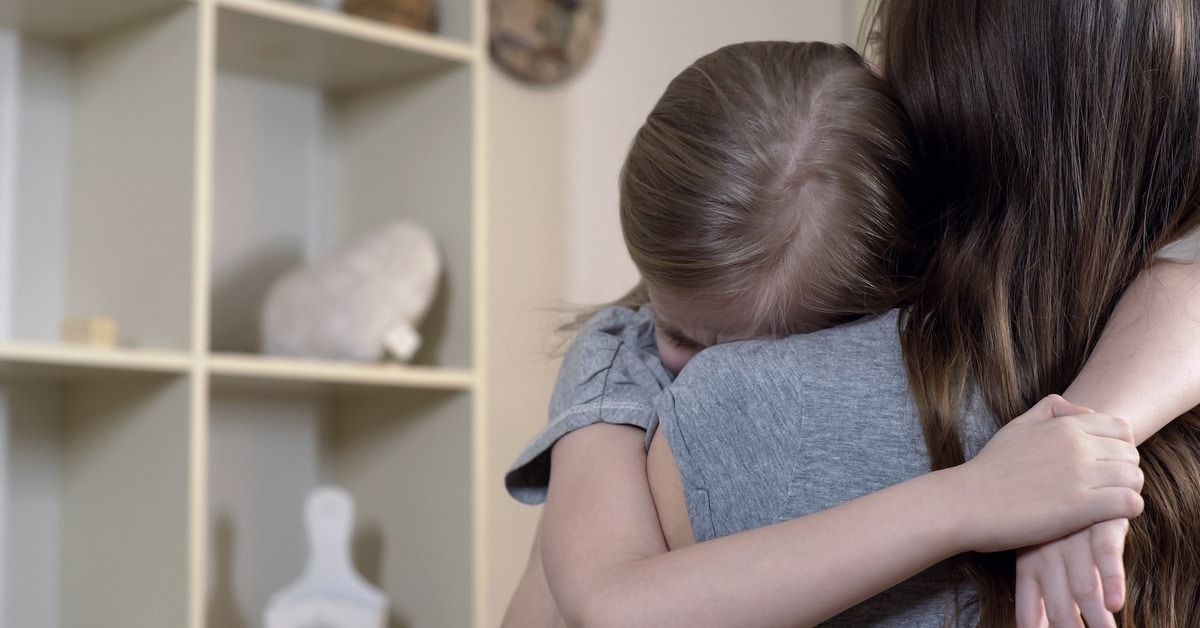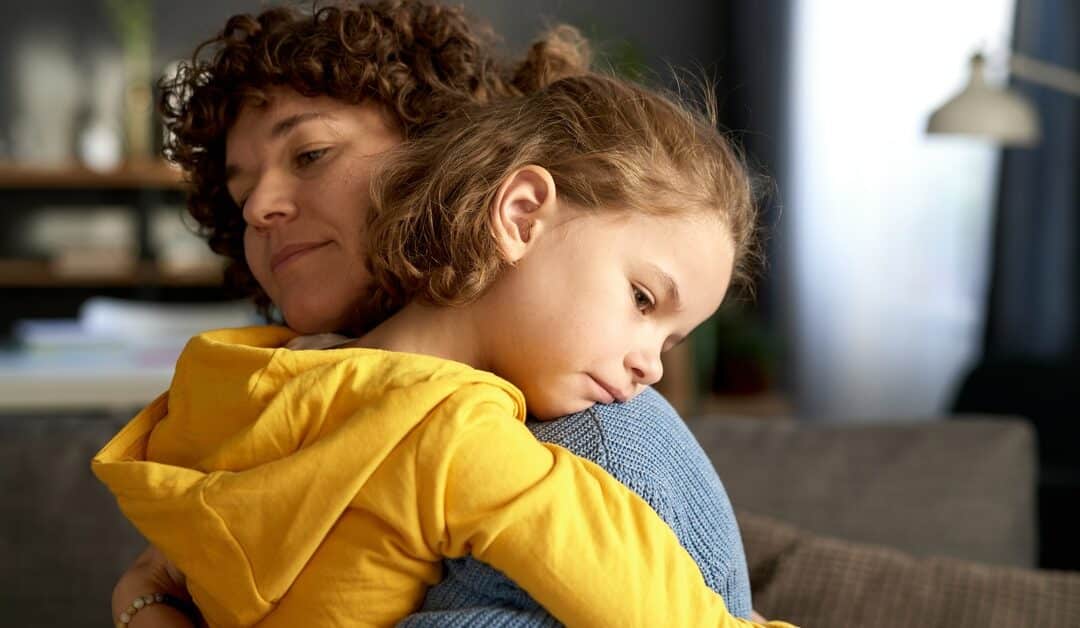The journey toward healing after a child experiences trauma can feel overwhelming for the entire family. Post-traumatic stress disorder (PTSD) affects children differently from adults, and traditional parenting approaches may not address their unique needs. Understanding how trauma impacts your child’s development and learning effective strategies to support them can make a profound difference in their recovery. With patience, professional guidance, and the right parenting strategies, supporting your child with PTSD can help them develop resilience and learn to manage their symptoms effectively.
Understanding the Impacts of Trauma on Children
Trauma affects children across multiple areas of development, creating ripple effects that extend far beyond the initial traumatic event. Physical health problems may arise, including headaches, stomachaches, sleep disturbances, and changes in appetite. These physical symptoms often reflect the body’s ongoing stress response and the child’s difficulty returning to a calm state. Additionally, trauma can disrupt normal cognitive and emotional development, affecting a child’s ability to concentrate, learn new information, and regulate their emotions appropriately.

Behavioral changes frequently accompany trauma in children, manifesting as increased aggression, withdrawal from previously enjoyed activities, or regression to earlier developmental stages. The severity and type of reactions depend on several factors, including the child’s age when the trauma occurred and the frequency and duration of traumatic experiences. Additionally, existing coping skills and the quality of support from caregivers and community members play a significant role.
How PTSD Symptoms Vary by Age
The way children express PTSD symptoms changes significantly as they grow and develop, requiring parents to adjust their responses accordingly.
Young Children
Often, young children cannot verbalize their experiences and may express trauma through repetitive play that recreates the traumatic event. They frequently experience separation anxiety and fearfulness and may regress in toilet training or language development. Physical complaints, such as stomachaches or headaches, are common, as are intense emotional outbursts that seem disproportionate to the situation.
School-Age Children
School-age children typically develop more specific fears related to their trauma and may avoid places, people, or activities that remind them of what happened. They often struggle with concentration and academic performance, resulting in declining grades or behavioral issues at school. These children may also experience anxiety or moodiness and might become withdrawn from friends and family members.
Teenagers
Teenagers may engage in risky, self-destructive behaviors as ways to cope with their trauma symptoms. Sleep disturbances, flashbacks, and emotional numbness are common, along with difficulties in maintaining relationships and planning for the future. Social withdrawal from friends and family may also occur, along with academic problems and potential substance use, to cope with difficult emotions.
Ways Parents Can Support Children With PTSD
Supporting a child with PTSD requires specific trauma-informed strategies that address their unique needs while maintaining a loving, stable home environment. Here is what parents of children with PTSD should know.
Helping Establish Consistent Routines
Predictable daily routines provide children with PTSD a sense of safety and control in their environment. Morning routines, meal times, homework periods, and bedtime schedules create structure when a child’s internal world feels chaotic. Consistency can help children know what to expect, which can reduce anxiety and hypervigilance.
Being Emotionally Available
Emotional availability entails being present and responsive when your child needs support, even during difficult moments when their behavior might be challenging. Parents should strive to remain calm and patient during emotional outbursts, remembering that these reactions often stem from trauma rather than defiance. This availability also means validating your child’s feelings and experiences without trying to minimize or dismiss their emotions.
Facilitating Open Communication
Open communication involves creating safe spaces where children feel comfortable sharing their thoughts and feelings without fear of judgment or punishment. Parents should practice active listening, giving their full attention when their child chooses to talk about difficult topics. Children with PTSD often struggle to express their experiences verbally, so parents must be patient and allow conversations to unfold naturally.

Allowing Children To Make Age-Appropriate Decisions
Giving children choices within appropriate boundaries can restore their sense of control and agency. These choices might include selecting their clothes, choosing between two snack options, or deciding which activity to do first after school. The key is ensuring that the decisions are appropriate for the child’s developmental level and do not overwhelm them with too many options or responsibilities they are not ready to handle.
Helping Calm and Ground Children
Teaching children grounding techniques can help them manage overwhelming emotions and return to a state of calm when triggered. Simple breathing exercises, mindfulness exercises, or sensory activities can help children reconnect with the present moment when they feel overwhelmed by trauma memories. Creating a calm-down space in the home with comfort items, soft lighting, and sensory tools provides children with a safe place to retreat when they need to regulate their emotions.
Paying Attention to Emotional or Behavioral Changes
Monitoring your child’s emotional and behavioral patterns can help them identify triggers, track their progress, and recognize when they might need additional support. Changes in sleep patterns, appetite, social interactions, or academic performance can signal that your child is struggling with trauma symptoms. Early recognition of changes allows for prompt intervention and prevents small setbacks from becoming larger problems.
The Importance of Parents Seeking PTSD Treatment for Children
Early intervention for childhood PTSD significantly improves long-term outcomes and prevents trauma symptoms from becoming more entrenched over time. With proper treatment, children can address their trauma symptoms, supporting healthy development, academic success, and the ability to build strong relationships throughout childhood and into adulthood.
Psychiatrists play a key role in this process, using evidence-based approaches tailored to each child’s developmental level and unique trauma history. These professionals develop treatment plans that often include techniques such as trauma-focused cognitive behavioral therapy, play therapy, and, in some cases, medication to support emotional regulation and recovery. Psychiatrists typically involve the entire family, teaching parents additional strategies to support their child’s healing while addressing their own emotional needs throughout the process.
Supporting Your Child’s Healing Journey
Parenting a child with PTSD requires tremendous patience, understanding, and commitment to their healing process. The strategies outlined in this guide can help you create a supportive environment where your child feels safe to process their experiences and develop healthy coping mechanisms. Remember that healing from trauma is not linear, and there will be good days and challenging days throughout the journey.
Professional support remains essential in helping your child recover from PTSD. Combining trauma-informed parenting strategies with appropriate mental health services in Miami provides the best foundation for your child’s long-term healing and resilience. Take the next step in your child’s healing journey by contacting Envision Mindcare to learn more about our approach to holistic PTSD care and book an initial consultation.

